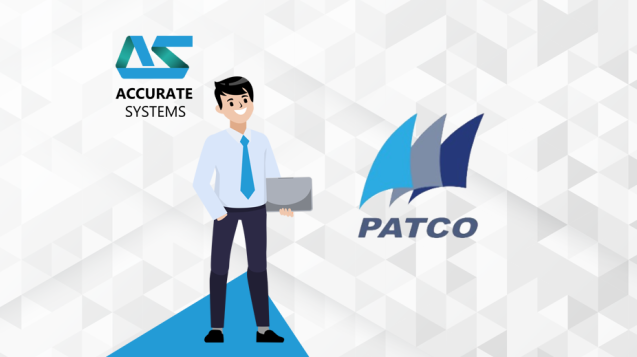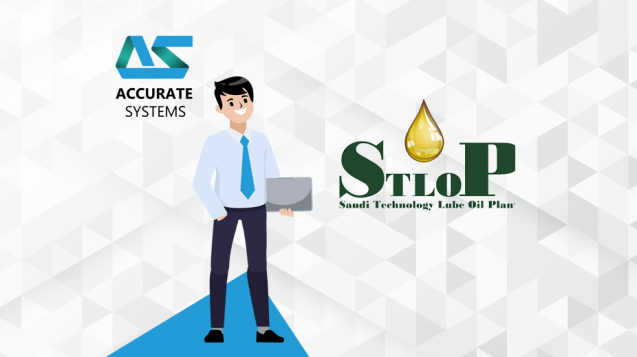
- Client Name:RICI Company Limited /شركة آر آي سي آي المحدودة
- Industry:Service
- Location:Dammam- Saudi Arabia
- Company Size:Medium Business (250-300 employees)
- Project Type:ERPNext Implementation
Background
Founded five decades ago, RICI embarked on a remarkable journey with a vision to make a significant impact in various industries.
Major Services: Calibration Services/ Construction Material Testing/ Industrial Inspections/ Environmental Testing/ Management System Certifications/ Management Trainings/ NDT Services
- As a CQI and IRCA (UK) Approved Trainer and a Certification Body associated with IAS (US), RICI has consistently maintained its position among the world’s very best quality service providers for Third Party Inspection, Testing, Calibration and Management Systems Auditing, Certifications and Training
Objectives:
- Business Goals: Outline the specific goals and objectives the company aimed to achieve through the ERP system implementation (e.g., improve efficiency, streamline processes, better data management, etc.).
- Technical Goals: Mention any technical requirements or improvements sought from the ERP system (e.g., integration with existing systems, scalability, etc.).

- Lack of integration between departments
- Manual processes
- Inefficient communication
- Inefficient Approval processes
- ERP System Selected: ERPNEXT
- Key Features:
- 100% Open Souce
- High feature coverage
- Modern and scalable web platform
- Serves multiple domains and industries
- Powerful Framework
- Customization: Work flows and reports
- Project Scope: The objective is to deploy a centralized ERPNext system that effectively integrates all company departments.
- Timeline: The implementation process spanned six months to achieve completion, along with any critical milestones achieved.
Initially, there were concerns within the accounts department regarding the system’s ability to provide accurate insights into projects and customer statements. However, these concerns were addressed as ERPNext allowed for effective management of these aspects through its accounting dimensions functionality.
- Efficiency Improvements: ERPNext streamlines and automates business processes across departments, reducing manual tasks and minimizing redundant efforts. This efficiency boost leads to faster operations, improved productivity, and a more streamlined workflow.
- Cost Savings: By centralizing various operations and eliminating the need for multiple standalone systems, ERPNext reduces software licensing, maintenance, and support costs. Additionally, the automation of tasks reduces the need for manual labor, further cutting operational expenses.
- Data Accuracy: ERPNext maintains a single source of truth for data across departments, minimizing data entry errors and discrepancies that often arise when using multiple systems. This data accuracy leads to better decision-making and more reliable reporting.
- Real-time Insights: With ERPNext, businesses gain access to real-time data and analytics. This enables timely and informed decision-making, as well as the ability to identify trends and make adjustments promptly based on the latest information.
- Scalability and Growth: Explain how the ERP system has enabled the company to scale its operations and support future growth.
Reflect on any challenges faced during the ERP implementation process and the key lessons learned for future reference.
To summarize the overall success of the ERP system implementation and ERPNext offering real-time insights, nurturing collaboration among departments, diminishing manual processes, and refining workflow efficiency. These advantages ultimately result in cost savings, enhanced customer service, and a fortified competitive position in the market.





